



Quote: Originally posted by NurdRage  |

Quote: Originally posted by NurdRage  |

Quote: Originally posted by MrHomeScientist  |

 I did 5g
of iodine and about 1g of aluminum (trying to skimp on the I2, since I need it for something else). It's a really beautiful reaction!
I did 5g
of iodine and about 1g of aluminum (trying to skimp on the I2, since I need it for something else). It's a really beautiful reaction!
Quote: Originally posted by MrHomeScientist  |


Quote: Originally posted by slinky  |

Quote: Originally posted by NurdRage  |



Quote: Originally posted by NurdRage  |

Quote: Originally posted by slinky  |
Quote: Originally posted by Formatik  |

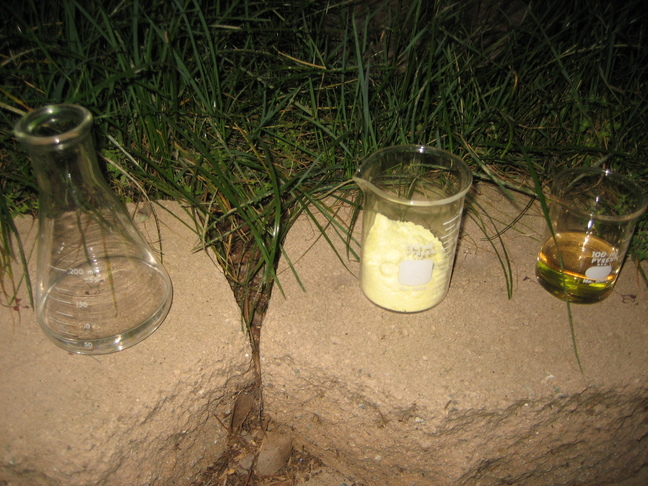
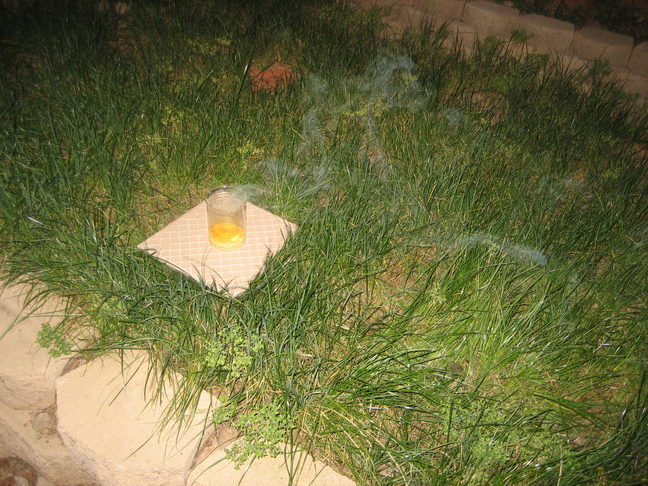
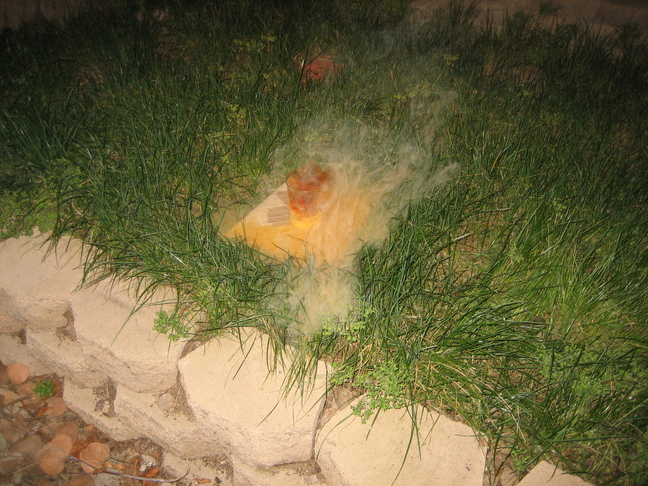
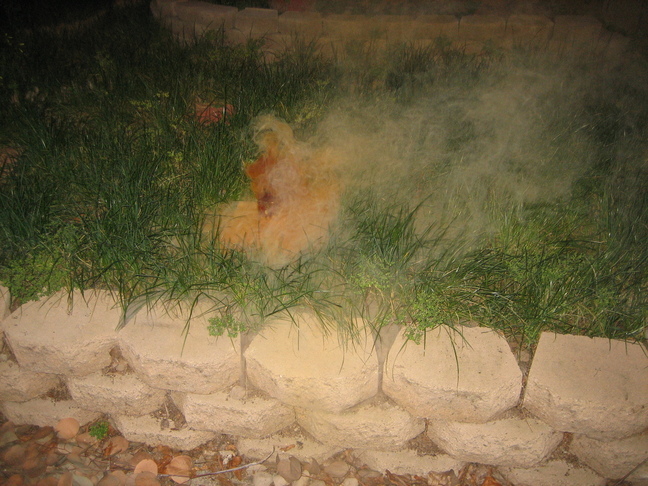
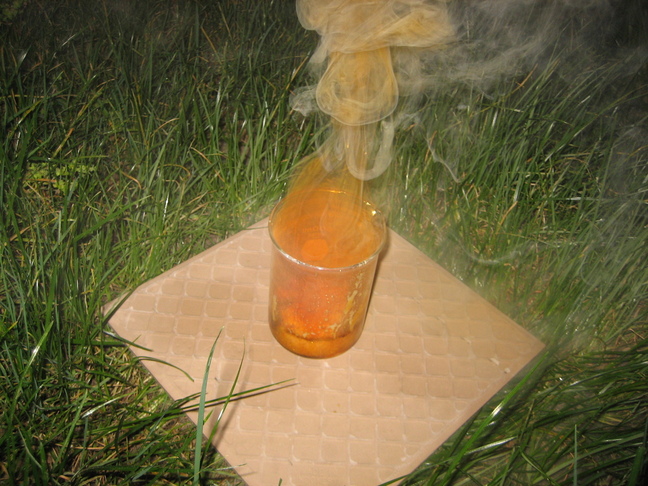
Quote: Originally posted by hkparker  |
Quote: Originally posted by MrHomeScientist  |
Quote: Originally posted by slinky  |
Quote: Originally posted by hkparker  |
Quote: Originally posted by slinky  |
Quote: Originally posted by The WiZard is In  |

Quote: Originally posted by NurdRage  |
Quote: Originally posted by hkparker  |
 Doesn't seem that incompatible to me!
Doesn't seem that incompatible to me!
Quote: Originally posted by mewrox99  |
Quote: Originally posted by Morgan  |
 but aside from that has the editing process started yet? Are we going
to pick a name for the channel? I dont want to seem like I'm rushing things, I understand quality takes quite some time but just wanted to know what
the plans are.
but aside from that has the editing process started yet? Are we going
to pick a name for the channel? I dont want to seem like I'm rushing things, I understand quality takes quite some time but just wanted to know what
the plans are.
Quote: Originally posted by Hades_Foundation  |



| Quote: |